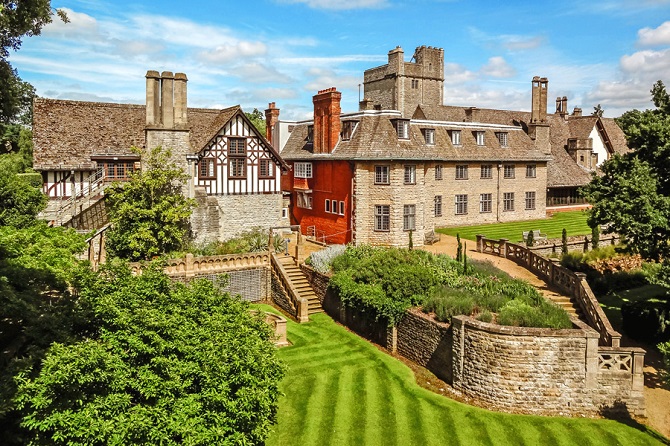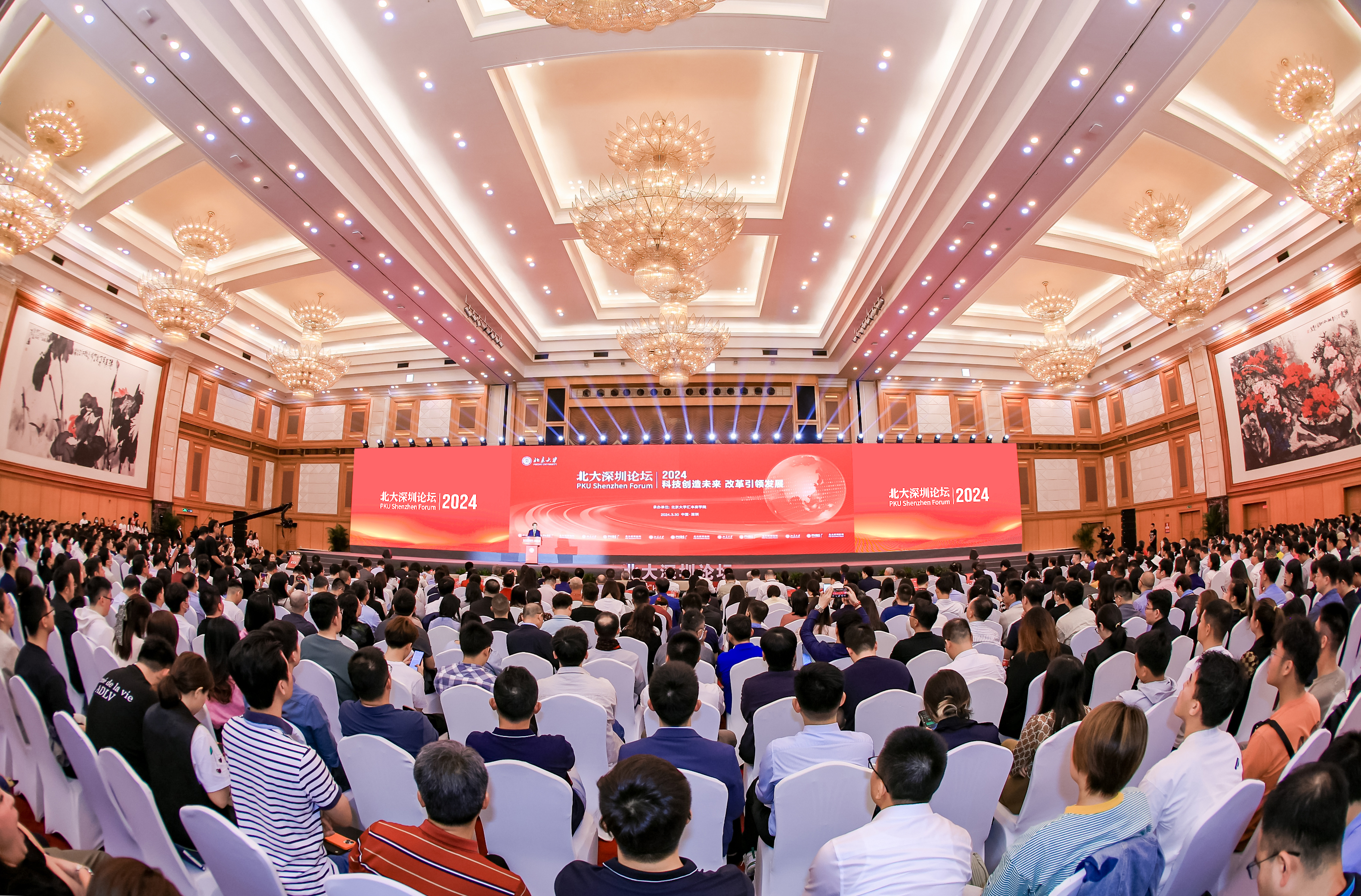The grounds at Foxcombe Hall, built as a home in medieval style, include a woodland and a formal garden with decorative stone walls.
Foxcombe Hall, a grand estate with views of the “dreaming spires” of Oxford, looks like an architectural jumble, but it was purposefully built by a British nobleman at the turn of the 20th century.
Created in the early 1900s by Lord Randall Berkeley at Boars Hill, an area of beautiful countryside, the property lies four miles southwest of Oxford, the venerable university city.
The main house was built to resemble a grand baronial hall with a stone tower, in medieval style. An earlier 19th-century property was incorporated into the new building, which is a sprawling mix of red brick and stone with faux-Tudor beams. Additional extensions date to the late 1960s, when the site became a college.
Owned since 1976 by the Open University, one of Britain’s biggest educational organizations, Foxcombe Hall was placed on the market in September for 7 million pounds, or $8.5 million.
The size and location of Foxcombe Hall generated significant interest in the property, resulting in an offer that was accepted at the end of last year. The buyer, Peking University HSBC Business School, plans to open to students there next year.
“Boars Hill is a prime location and the site is a once-in-a-lifetime opportunity,’’ said Mark Charter, a partner with the Oxford agency Carter Jonas, which listed the property.
The main house, which includes the tower, measures 2,760 square meters, or 29,700 square feet, and has four stories.
The original stone entrance porch was big enough to allow carriages to pull up to the front door, but it is now a glass-fronted lobby. The focal point of the building’s interior is a large central hall with a galleried landing, designed in a medieval, or Gothic, style.
The lower walls are fully paneled in dark oak, the stairs and gallery are also oak, and there is an intricate, hammerbeam ceiling. The upper section of one wall has been left as bare stone and features a line of cathedral windows with stained glass representations of coats of arms.
Beneath the gallery, a central wall has a large stone fireplace, bearing the coat of arms of Lord Berkeley. The room originally ended at this wall but was extended beyond the fireplace by the university.
Other ground-floor rooms with original features include the library, which also has richly paneled walls and an elaborate wood fire surround.Many doors and cornices throughout the building have fine decorative detailing, and a large number of the windows feature the original leaded panes.The former bedrooms of Lord and Lady Berkeley bookend the upper floor of the main hall.
Both offer elegant and ornate original features, including painted and beamed ceilings and stately fireplaces, decorated in Dutch delft tiles.The tower has a series of small rooms, used as administrative areas, but there is access to the roof, with views to the city.
There are two additional buildings on the site: the Old Dairy, a three-story, faux-Tudor building measuring about 6,100 square feet, and the Lodge, measuring 2,980 square feet. Both are now offices and storage rooms but could be converted into further student facilities.
It is possible for the new owner to remove the incongruous 1960s office block from its position alongside the main house. Planning regulations allow the building footprint to be reassigned for accommodation elsewhere on the site, the most obvious location being the current car parking lot. The grounds of 6.15 hectares, or 15 acres, include an elegant Italianate garden with terrace and a woodland with an ornamental lake.
Oxford’s global reputation as a hub for educational excellence and the city’s historic and cultural cachet have created a property market where the growth over the past 10 years has closely followed that of London.
Stock levels are low and property typically starts at around £5,500 per square meter for prime areas outside the city and from £11,000 per square meter in prime city locations. Mr. Charter says there has been high demand over the past three to four years for properties in the £2 million-plus price bracket, though that has begun to slow over the past year.
By LAURA LATHAM
From The New York Times















